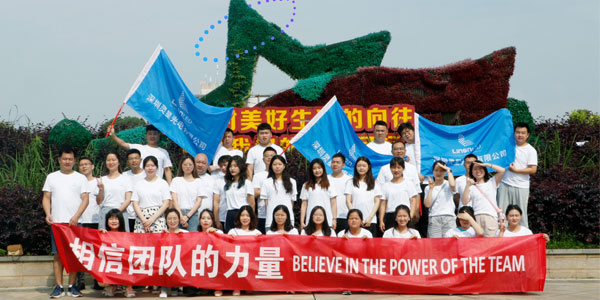5 Minutes Bring You to Know Common LED Video Processor Interfaces
The LED video processor can be one of the indispensable parts of the whole control system. It is also known as picture processor, image converter, video controller, image processor screen converter and video format converter.
Generally speaking, it can be used to change the resolution format and colour space, as well as image scaling to meet the special requirements of different RGB LED displays. In a word, a LED video processor can receive and process a variety of different video signals simultaneously and show them on the LED display screen.
The functions can be important for us to display the content that we want. But when we choose our video processor for LED screen, we often confuse about the different interface types. What the differences between them? There list some common interface port types you may meet when browsing the product information.
1. DVI
DVI interface is larger than VGA, HDMI, DP and other interfaces, is currently the most dominant interface type of LED splicing/processor.
The biggest advantage of DVI interface is the fast transmitting speed and ability to deliver clear images. DVI transmits digital signal, which means there is no cumbersome conversion process of digital signal→analog signal→digital signal, and can greatly save time. It not only can speed the effectiveness to reduce latency but also eliminating some other unwished phenomena such as display ghosting. This can make DVI has advantages over VGA in terms of the clearness of high-resolution images and anti-signal interference.

2. VGA
VGA interface has 15 pins arranged in 3 rows with 5 pins per row. Most LED video processors are equipped with such type of interface, which can transmit red, green, blue and analog signals as well as synchronization signals (vertical sync signal and horizontal sync signal).

Many people think that only the HDMI interface can carry out the transmission of high-definition signals, while sometimes this is a misunderstanding cause by VGA interface the LED screen display can also display 1080P images, and even achieve high-resolution display. So it also can be an appropriate type for fine pixel pitch LED display which may need high resolution output.
3. HDMI
HDMI 1.0 standard was officially released in December 2002, marking that HDMI technology stepped onto the historical stage since then.
HDMI interface can not only meet the requirement of 1080P resolution but also supports digital audio formats. Compared with DVI and VGA, the HDMI interface is smaller in size. And because the smaller ports without strengthening, it is more likely to loosen. That is why the use of it in LED processor is comparatively less than DVI and VGA.

4. SDI
SDI means serial digital interface, which is to say, it can save huge time and labor costs because of the ease of use. Besides, it can achieve high-resolution images output with no latency as the high anti-signal interference so can be applied to occasions where need real-time monitoring and high-quality display.
5. DisplayPort(DP)
As the popularity of high-definition videos, interface which can not load high bandwidth will be lack of competitiveness. At the beginning when the DP interface was introduced to the market, it already can provide bandwidth of up to 10.8Gb/s, even HDMI1.3 can be slightly inferior to DP in the aspect of bandwidth. In addition, DP can achieve audio signals and video signals sharing one same cable to transmit. Undoubtedly, it can fulfill the maximum integration and control of peripheral equipment.
However, due to some restrictions, DP interface is still not the mainstream interface for LED processor but depends on the superior transmission speed, highly scalability and reliable content protection technology, it can certainly become a new trend.
In conclusion, this article introduces 5 common LED video processor interfaces and their simple features. When we choose our LED display board, it is necessary to understand some related knowledge so as to avoid the wrong investment. They are not difficult to learn but sometimes can confuse you when you meet lots of them such as when you searching the applicative LED products on the product lists. For more knowledge about LED display and control system, welcome click LED display FAQ.
